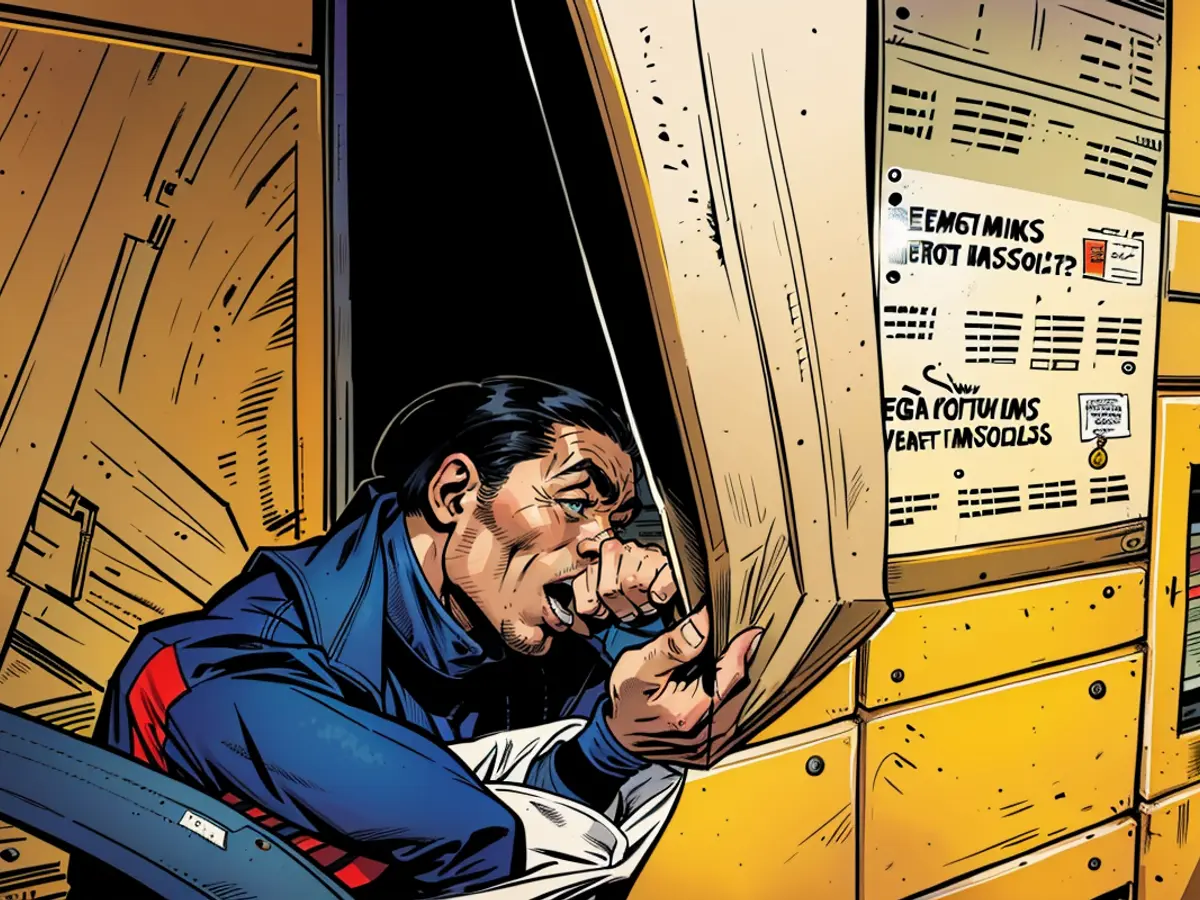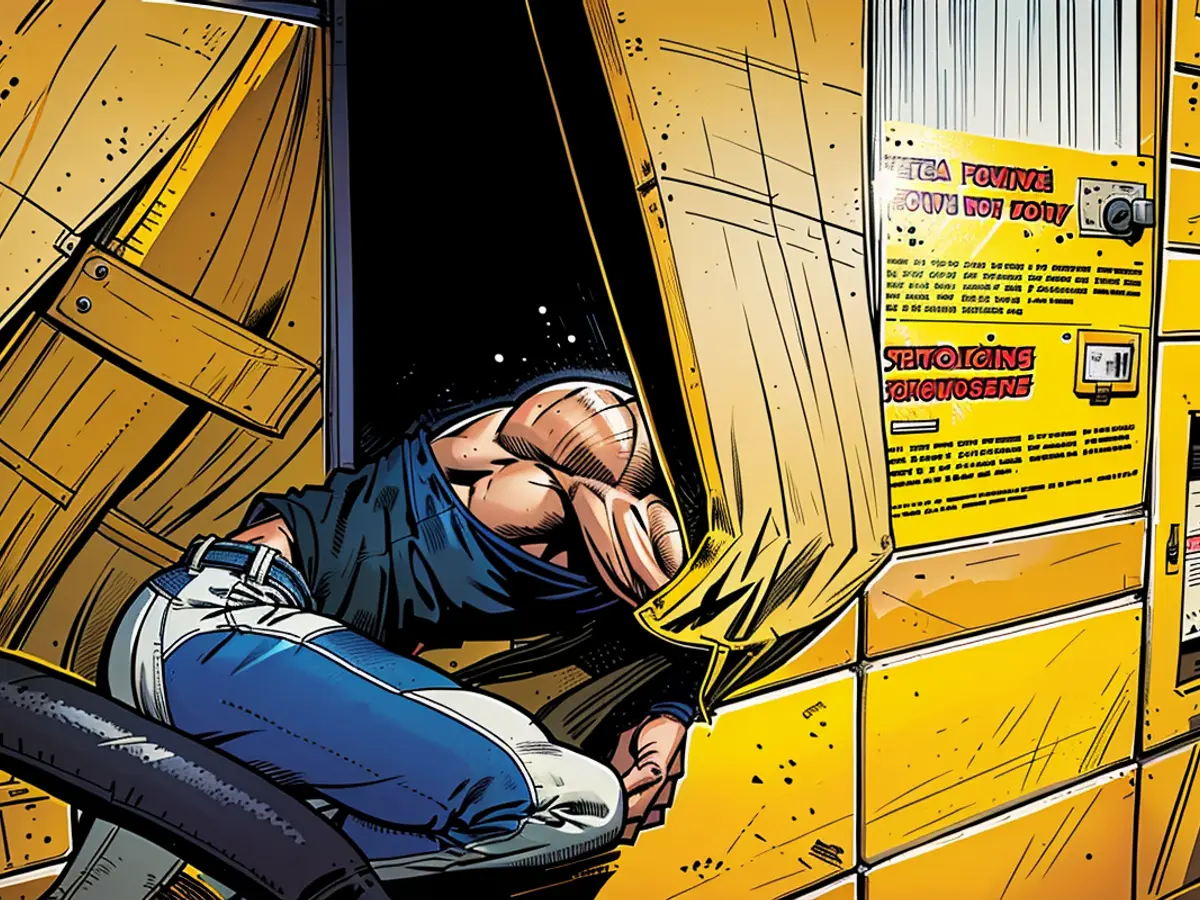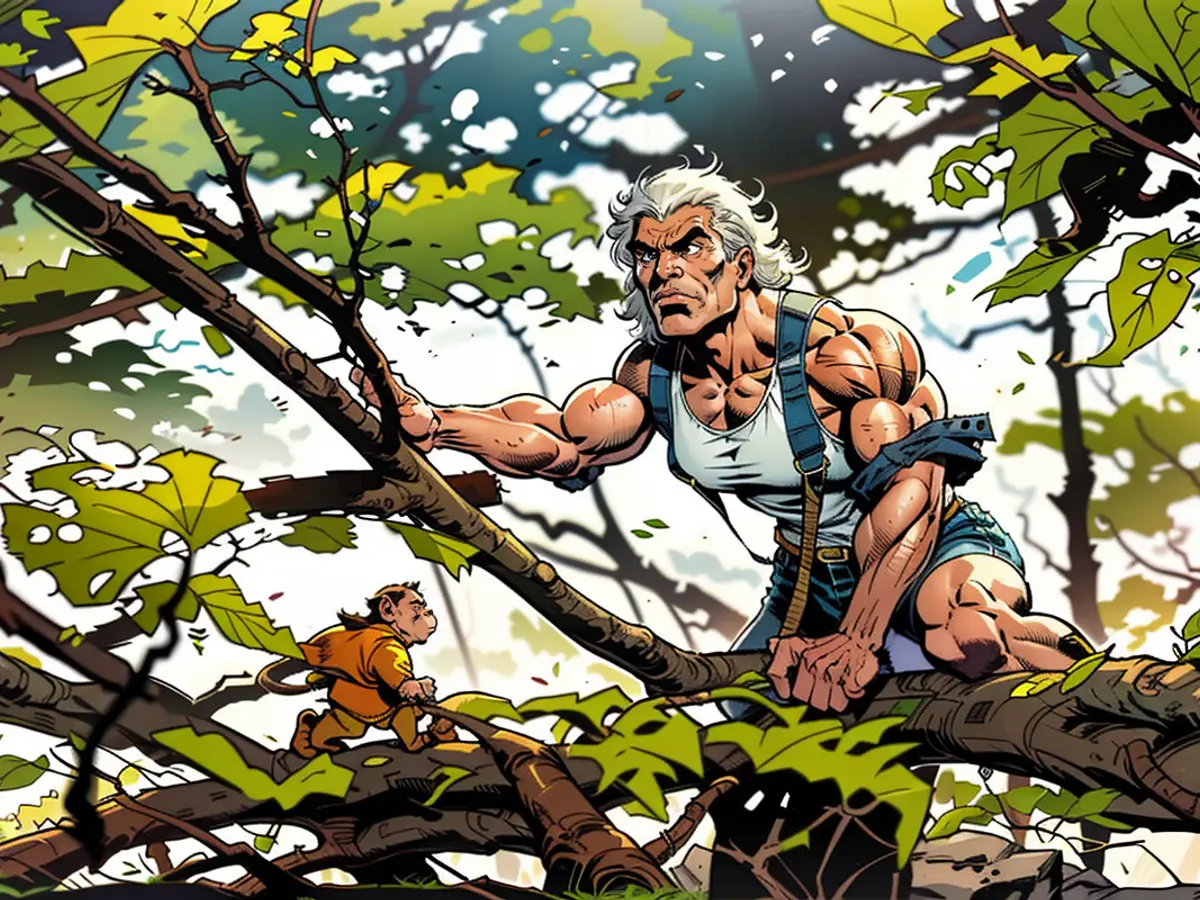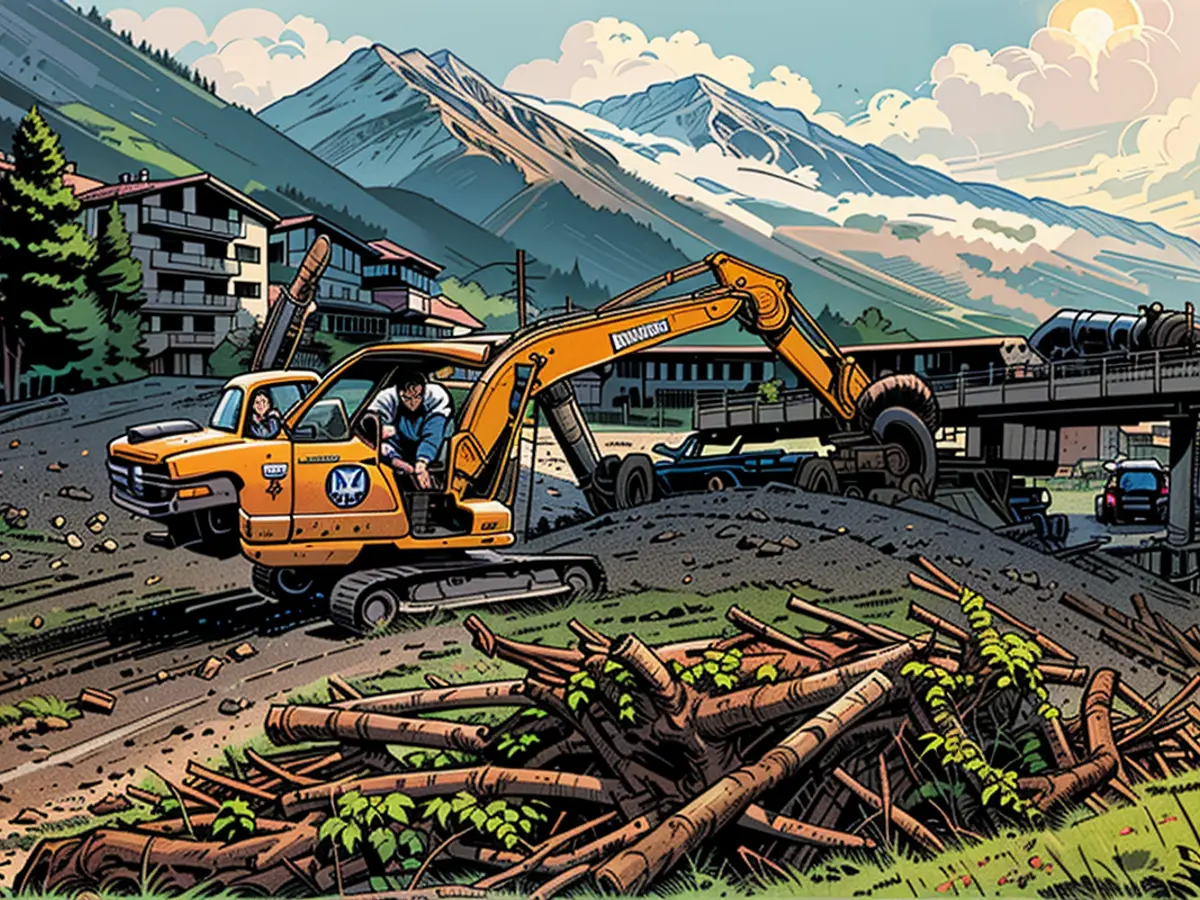Signs of Mafia Influence can be seen in Bagheria
**"Death's Triangle" is a chilling name for the region surrounding Palermo, Italy, home to the peaceful town of Bagheria. This area gained its ominous title due to the numerous murders committed by the Sicilian Mafia during the 1980s, not just in Bagheria, but also in Casteldaccia and Altavilla Milicia.
Bagheria, with its 50,000 inhabitants, is still considered a stronghold of the Sicilian Mafia, or Cosa Nostra. For years, organized crime thrived unchecked in the town, with Bagheria frequently appearing in the headlines for its brutal Mafia-related homicides. Even deserted factories outside the town were used for torturing, murdering, and acid-disposing enemies of the Mafia.
Thankfully, the days of such horrifying crimes on Bagheria's streets are gone. The violence has decreased, and the Mafiosi now operate more discreetly. However, their power remains undiminished, as noted by an activist from the Palermo-based anti-Mafia organization "Pio La Torre."
The traces of the criminals' past are still visible in Bagheria. Shoddy real estate developments, a result of Mafia involvement, have negatively impacted the town's appearance. The activist described Bagheria as "concrete from the mountains to the sea." Mafia-backed extortion, drug trafficking, and high unemployment continue to plague the city.
Cosa Nostra continues to thrive in Bagheria
Bagheria boasts numerous appealing features for tourists, such as beautiful beaches, rich cultural heritage, and a celebrated culinary tradition focused on local seafood. It's easily accessible by train from Palermo in just 15 minutes.
Regrettably, the Mafia's presence hampers the city's development. The city is encouraging people to refuse extortion payments and report those demanding them. Confiscated and taken over by the municipality, Mafia-owned properties aim to counter this influence. Unfortunately, this is a hard battle, as the activist puts it, "The Mafia feels at home."
Villa hideaways for Sicily's elite
Founded as a getaway for Palermo's aristocracy, Bagheria is home to several opulent villas from the 17th and 18th centuries, such as Villa Palagonia, Villa Trabia, and Villa Valguarnera. These villas housed the wealthy during the summer months.
Post-World War II, real estate became a significant source of income for the Mafia in Southern Italy. Eventually, Bagheria's center filled with unattractive concrete buildings, replacing the elegant baroque villas. Leaning over the wall of the ornate Villa Palagonia, you can see the surrounding constructions that have swallowed the Villa's beauty.**
Italian author Dacia Maraini said of Villa Valguarnera, "This once-stunning view is now obscured by insensitively placed houses and tenements. Old buildings, trees, parks, and gardens have all fallen victim to architectural vandalism."
Unlawful construction affects Bagheria
Experts estimate that up to two million 'black' buildings have been erected illegally in Sicily. This is referred to in Italy as "abusivismo edilizio." According to Italian statistics office Istat, approximately 48 out of every 100 buildings constructed legally in Sicily are built without permits.
The Mafia's methods have evolved since the 1990s. Following a loss of power, they now focus on infiltrating the economy. In Bagheria, the Mafia had strong ties with local politics and business sectors, primarily in real estate and agriculture. But this has changed, according to the "Pio La Torre" center activist. "Today, the core of their business is drug trafficking and extortion, which they can independently carry out."
Resistance against Cosa Nostra
Public demonstrations against the Mafia are held annually in major cities. Also, organizations like "Pio La Torre" and private individuals engage in youth work and activism, refusing to pay extortion fees. One such businessman in Bagheria recently witnessed his car set ablaze in a parking lot following his refusal to contribute to the Mafia's income."
However, the 'fight against windmills' has led to resignation for some. A survey by the "Pio La Torre" center found that only 20% of Italian students believe that the Mafia can be defeated. Despite this, many remain actively engaged in combating the Mafia."**
The European Union has expressed concern about the ongoing Mafia activities in Bagheria, urging Italian authorities to take stronger measures to combat organized crime. Despite the city's rich tourist attractions and historical villas, the persistent presence of the Sicilian Mafia, or Cosa Nostra, continues to pose a significant threat to Bagheria's development and progress.








